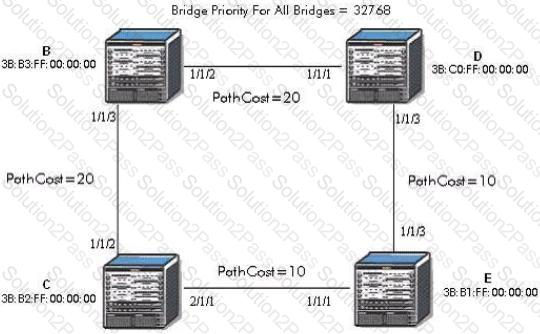4A0-105 Nokia Virtual Private LAN Services Free Practice Exam Questions (2025 Updated)
Prepare effectively for your Nokia 4A0-105 Nokia Virtual Private LAN Services certification with our extensive collection of free, high-quality practice questions. Each question is designed to mirror the actual exam format and objectives, complete with comprehensive answers and detailed explanations. Our materials are regularly updated for 2025, ensuring you have the most current resources to build confidence and succeed on your first attempt.
Which of the following must be true in order to add a port to a LAG? (Choose 2)
IEEE 802.3ah frames must be untagged.
Which of the following best describes the difference between VPWS and VPLS?
Click on the exhibit below.

Which port will become the alternate port?
How does PBB forward broadcast, unknown-unicast and multicast traffic from a B-VPLS to an l-VPLS?
The operation of a VPLS can be best described by which of the following statements?
